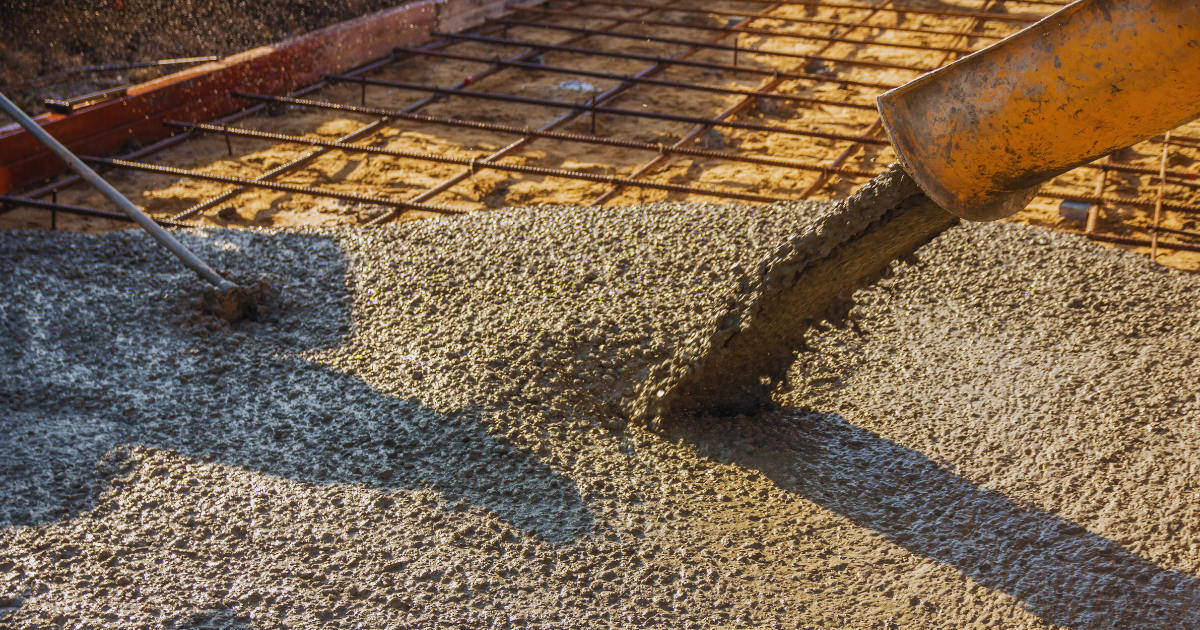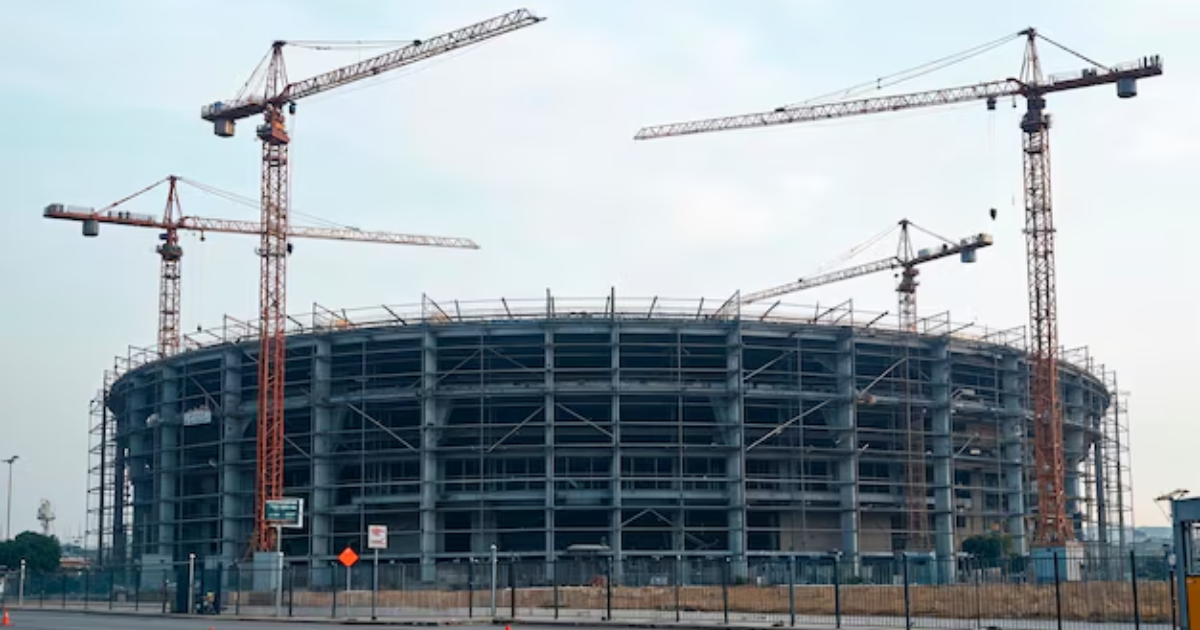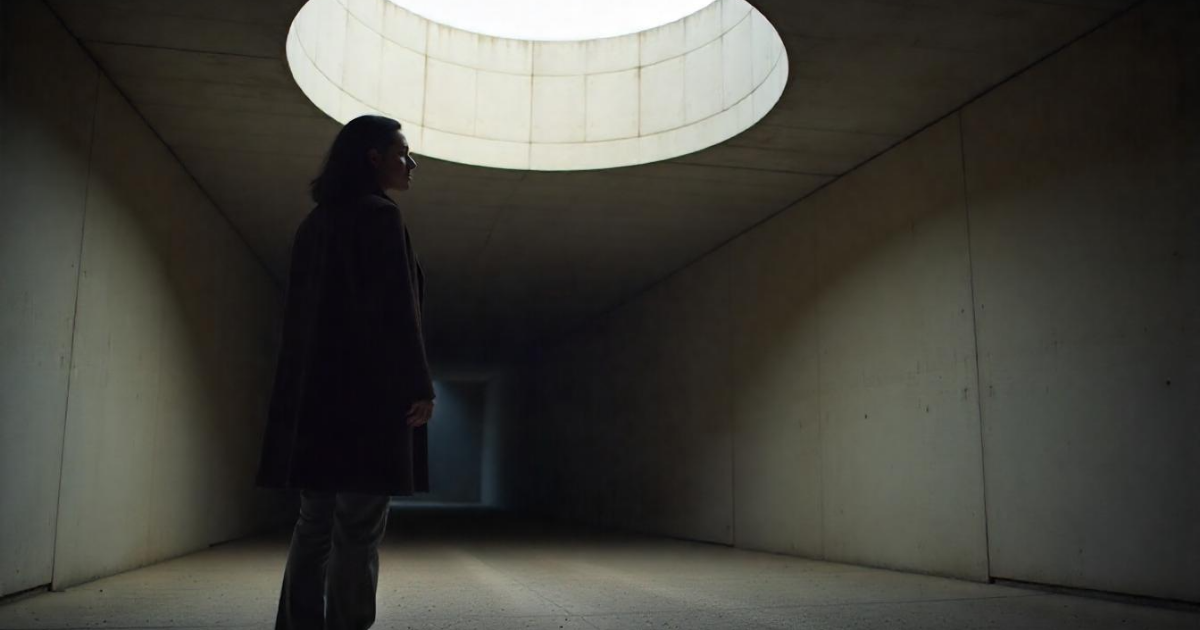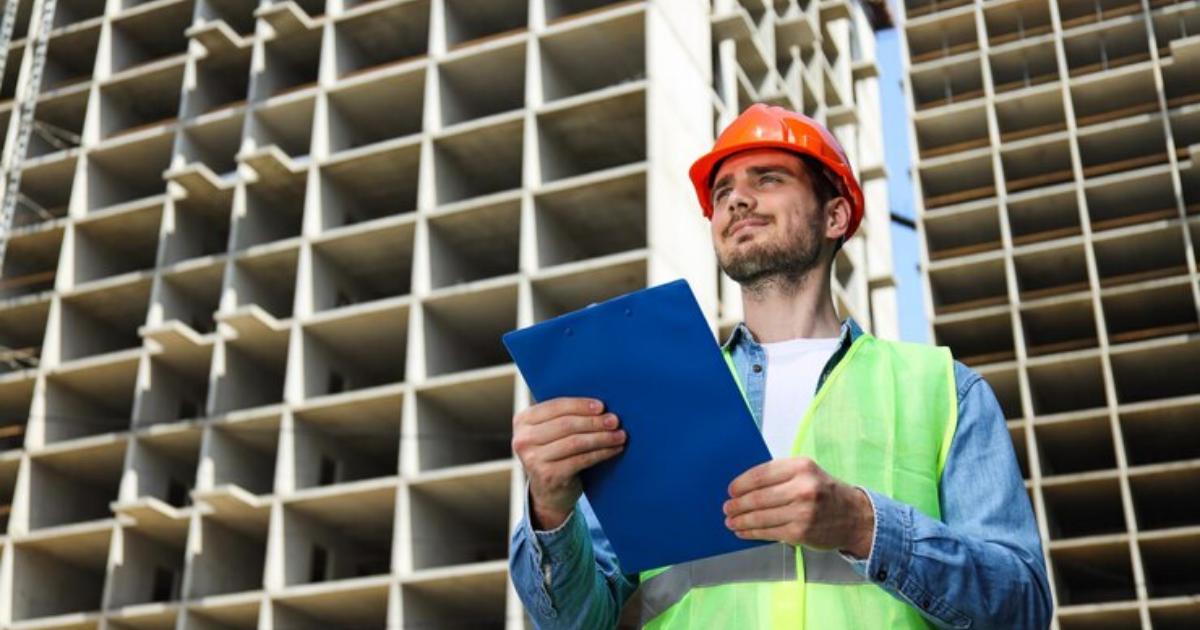In the world of construction, ensuring the integrity of structures against water leakage is essential. One of the most effective tools for this purpose is the PVC water stopper. This crucial component serves as a barrier that prevents water from passing through joints in concrete structures, making it a fundamental part of construction projects such as retaining walls, basements, water tanks, and tunnels. In this guide, we’ll explore what a PVC water stopper is, its importance, the different types available, and how it enhances the durability of structures.
What is a PVC Water Stopper?
A PVC water stopper is a flexible and durable strip made of polyvinyl chloride (PVC) designed to prevent the passage of water through construction joints in concrete. It is commonly embedded in expansion and construction joints where it acts as a waterproof seal. Concrete structures, especially those exposed to water, are prone to leakage, and it ensures that water cannot pass through these critical joints, even when the structure experiences movement.
Importance of Using a PVC Water Stopper
Waterproofing is a vital consideration in construction. Without proper waterproofing, water can seep into the concrete, causing issues such as:
- Structural damage, including corrosion of reinforcement steel
- Mold and mildew growth, leading to potential health hazards
- Erosion of materials, leading to costly repairs
- Damage to finishes like paint or plaster
It plays an essential role in preventing these issues. By acting as a barrier, it blocks water and ensures the long-term stability of the structure. This makes it indispensable in areas where water exposure is frequent, such as dams, bridges, basements, and water reservoirs.
Types of PVC Water Stoppers
There are various types designed for different construction needs. Each type is developed with specific applications in mind, depending on the location of the joint and the expected movement of the structure.
1. Dumbbell Type
The dumbbell type is one of the most commonly used type. Its shape resembles a dumbbell, providing an excellent seal in both expansion and construction joints. This type is versatile and widely used in basements, tunnels, and water tanks.
2. Ribbed Type
The ribbed type has raised ridges along its length, increasing its surface area and improving its ability to block water under high pressure. This type is ideal for large structures such as dams and swimming pools where the water pressure is higher.
3. Bulb Type
The bulb type features a central bulb that allows it to expand and contract with the movement of the structure. This is especially useful for expansion joints, which experience significant movement due to temperature changes or structural shifts.
4. Kicker Type
The kicker type is typically used at the base of retaining walls and foundations. It provides a watertight seal at the construction joints, preventing water from seeping through the base of the structure.
Selecting the Right PVC Water Stopper
Choosing the right one is crucial for ensuring the durability of the structure. Here are key factors to consider:
- Type of Joint: For expansion joints, a flexible bulb type is often the best choice due to the movement involved. For construction joints, a dumbbell or ribbed type may be more suitable.
- Water Pressure: For projects with high water pressure, such as dams or swimming pools, a ribbed type is recommended due to its enhanced surface area.
- Chemical Resistance: Ensure that the material of the PVC water stopper can resist any chemicals present in the water or soil to avoid degradation over time.
Installation of PVC Water Stopper
Proper installation is key to the effectiveness of a PVC water stopper. During construction, the water stopper is embedded in the joint to create a continuous barrier against water infiltration. Here are the key steps involved:
1. Positioning
Before pouring the concrete, half of the PVC water stopper is embedded in the first pour, while the other half remains exposed for the second pour. The stopper must be positioned correctly within the joint to ensure a watertight seal.
2. Securing the Water Stopper
To keep the PVC water stopper in place during the concrete pour, it is typically secured with clamps or wire ties. This prevents it from shifting, which could lead to gaps or leakage.
3. Pouring the Concrete
The concrete is poured in phases, with the PVC water stopper acting as the barrier in the joint. Once the concrete is set, the other half of the water stopper is embedded in the second pour, creating a continuous seal.
4. Inspection and Testing
Once the concrete has cured, the joint where the PVC water stopper was installed should be inspected. Tests are often conducted to ensure that the stopper is functioning properly and that there are no leaks.
Maintenance of PVC Water Stopper
While PVC water stoppers are designed to last, regular maintenance is important to ensure their longevity. Over time, environmental factors such as temperature changes, movement, and water pressure can affect the performance of the water stopper. Regular inspections can help identify any issues, such as cracking or wear, before they cause serious problems.
Benefits of PVC Water Stopper
Using a PVC water stopper provides numerous benefits for construction projects:
- Durability: PVC is resistant to water, chemicals, and environmental stressors, making it ideal for long-term use.
- Flexibility: The material remains flexible, which is crucial for expansion joints that experience movement.
- Cost-Effective: PVC water stoppers offer a cost-effective solution for waterproofing joints, reducing the need for costly repairs or maintenance.
- Easy Installation: PVC water stoppers are relatively easy to install and require minimal specialized equipment.
- Versatile: Available in various types and sizes, PVC water stoppers can be used in a wide range of construction applications.
Conclusion
In any construction project where water exposure is a concern, the PVC water stopper is an essential component for ensuring the longevity and durability of the structure. By preventing water leakage, it protects the structural integrity of buildings, bridges, water tanks, and dams, avoiding potential damage caused by water infiltration. Whether you are working on a large-scale infrastructure project or a residential building, the PVC water stopper provides a reliable and effective solution for waterproofing construction joints.







